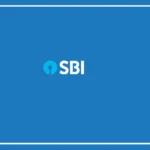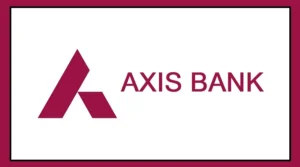The Central Government operates an array of schemes designed to cater to diverse sections of the population, ensuring maximum benefit for all.
Among these, government pension schemes stand out as crucial avenues offering varied advantages to both government and private sector employees.
The intricate differences in benefits have raised curiosity, prompting a closer look at these schemes.
Government Pension Schemes Overview:
Pension schemes, tailored for employees in both private and government sectors, involve contributions from the employees during their active service.
These schemes not only provide a lump sum amount upon retirement but also offer the option of a monthly pension.
For government employees, the General Provident Fund (GPF) scheme is in place, while private employees benefit from the Employee Provident Fund (EPF) scheme.
Understanding EPF (Employee Provident Fund):
EPF deductions are a standard part of every private employee’s salary, with 12 percent of the basic salary contributed to EPF by both the employee and the employer.
Out of this, 8.33 percent is allocated to the Pension Scheme (EPS) account, and the remaining 3.67 percent goes to EPF.
The interest rate, currently at 8.15 percent, is subject to annual adjustments by the government.
Job changers have the flexibility to close or transfer their old PF accounts, and partial withdrawals are also permitted.
Insights into GPF (General Provident Fund):
Exclusive to government employees, the General Provident Fund offers a 7.1 percent interest rate.
Certain conditions, such as suspension, limit a government employee’s GPF deposits.
The account is closed three months before retirement, and employees have the option to avail advance loans without interest, repayable through EMIs.
Regulatory Framework:
The regulatory oversight for these schemes varies. GPF falls under the purview of the Pension and Pensioners Welfare Department of the Ministry of Personnel.
In contrast, EPF is managed by the Employees Provident Fund Organization (EPFO), a government-controlled institution.
The Finance Ministry at the Center determines the interest rates for EPF on the recommendation of the EPFO Trust.
PPF (Public Provident Fund):
In addition to pension schemes, the government operates the Public Provident Fund (PPF) as a small savings scheme accessible to the general public.
This saving fund allows individuals to open accounts in post offices or banks, providing a versatile avenue for financial planning.
As individuals navigate their professional journeys, these pension and savings schemes contribute significantly to financial security, each tailored to meet the distinct needs of government and private sector employees.

























